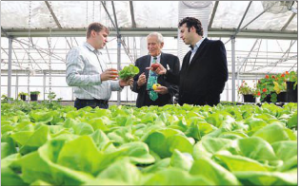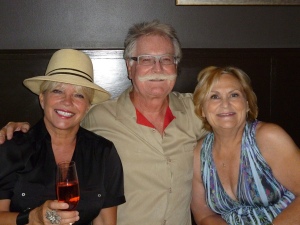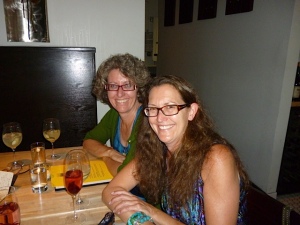It seems that bad news is everywhere today. Turn on your TV, switch on your radio, pick up a paper stories of disasters, tragedies and sadness inundate us at every turn. For some, it’s overwhelming. For others, it’s an opportunity to reach out and help their fellow man with acts of kindness and charity.
But can tragedy and disaster be a means to garnering good PR? The simple answer is yes…and no. It’s a complex issue and one that both businesses and newsrooms have been tackling for years. The events in Oklahoma City, Boston and Newtown are devastating and yet, many organizations have jumped on these events to promote their particular ideology, product or service; and not all of them have been successful in their efforts.
Be Aware:
Recently I had a phone conversation with a local television news producer who complained that too often businesses simply don’t understand how to pitch a story dealing with tragic events. For instance, in the immediate aftermath of the Oklahoma City tornado, his newsroom received a release trumpeting the fact that a local business was sending donated items in relief for the victims. On the surface, it sounded like a good feel-good angle. It was local, it dealt specifically with the big news of the day and it had excellent visuals. However, after speaking with the business owner it became apparent that the only thing the owner wanted to talk about was the business, NOT the charity.
The producer vented his frustration noting that the story the business wanted to pitch wasn’t about their relief efforts but the business, which was not the point of the original pitch. The producer admits that the business story, was a good story and one worthy of looking at as a package down the road, but not appropriate for the immediate tornado follow up.
In this case, the timing was completely wrong. Had the business owner waited, even a week, the story may have been better received. What it came across as, though, was a business trying to capitalize on the suffering of others, even if that wasn’t the business’ intent.
More importantly, though, the big mistake this particular business made, as well as many others, is that they misrepresented their story. Remember, one of the most important tools you have in your PR toolbox is your relationship with newsrooms and journalists. When you misrepresent a story by pitching one story in a release, and then try to change it during the interview, you ruin that relationship.
Be Up Front:
Had the business in question simply stated in their pitch that they had a product or service that could be of great help during times of disasters, and made certain that everyone knew that was the point of their pitch and their story, there would have been no confusion, and the producers and reporters could have made a better, more informed decision.
In the end, the story never ran, and both parties left feeling slighted, which is unfortunate.
This isn’t to say that small businesses shouldn’t promote their acts of charity. It’s important to let the community know that you are out there and working for the improvement of your neighborhood. But be aware that it’s all in how you pitch the story and your ultimate motives for making the story pitch.
Ask yourself, is this story simply about my business donating money, or food or hands in a time of need? Or am I promoting something else other than just my charitable efforts? If you can’t answer that question with a “yes, it’s JUST about the charity” then wait to pitch the story another time.
Simply put, stories about charity in a time of need are just that, stories about charity, nothing else. The last thing you want to do is come off as trying to pitch a commercial for your business when others are suffering. Here are three very simple rules to keep in mind when considering pitching a story in the immediate aftermath of a tragic event.
1. Is my story completely relevant to the events at hand? If not, do not make the pitch. Newsrooms have enough to deal with during times of crisis.
2. How is my timing? Don’t jump on the story the same day, or even the same week in some instances. During the Boston Marathon bombing, the story wasn’t really over for another few days. Newsrooms had no time to deal with the follow up stories until the primary story was fully over. Timing in these situations is crucial and tricky, but you lose nothing by waiting a day or even two, to make sure the story has moved into the recovery phase and to make sure all of your ducks are in a row.
3. Be clear. Make sure you pitch the exact story you want the newsroom to cover. Don’t hide another story under the guise of a charity story. Pitch only the charity story and mean it. If you think you have another story that they would be interested in, make a mention of it later if you get a chance to talk to a reporter, but make it clear that the story they are covering is only the charity story. You can follow up later with an email to go into further detail about your other story, but don’t try to intermingle the two when all you pitched was your charitable efforts.
PR during a disaster or tragic event is tricky. It can blow up in your face and you can come off looking like a real heel if it’s not done right. However, when done with pure kindness in mind, it can also be a great boon to your brand and your business. Ultimately, when in doubt, be charitable and don’t worry about the press coverage. If you’re doing it for the right reasons, the rewards, and the press coverage will find you.




















